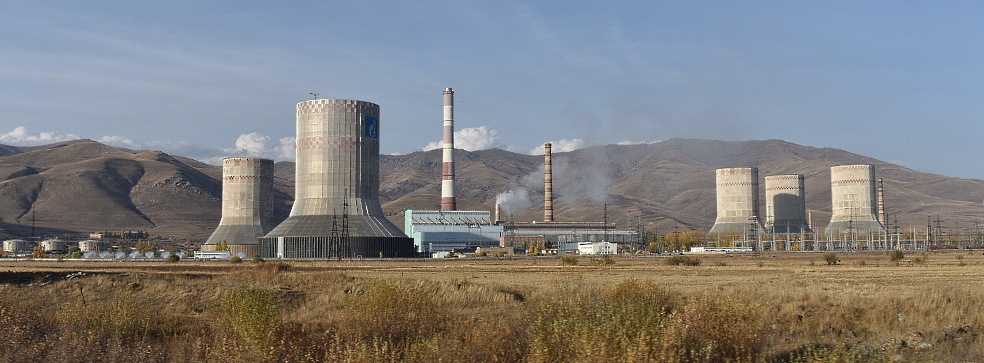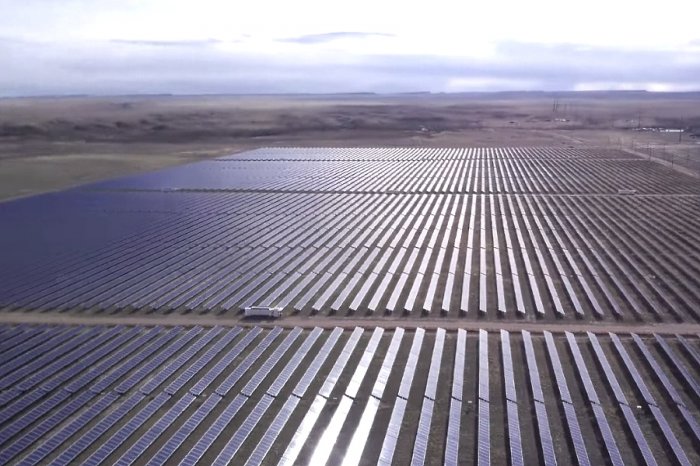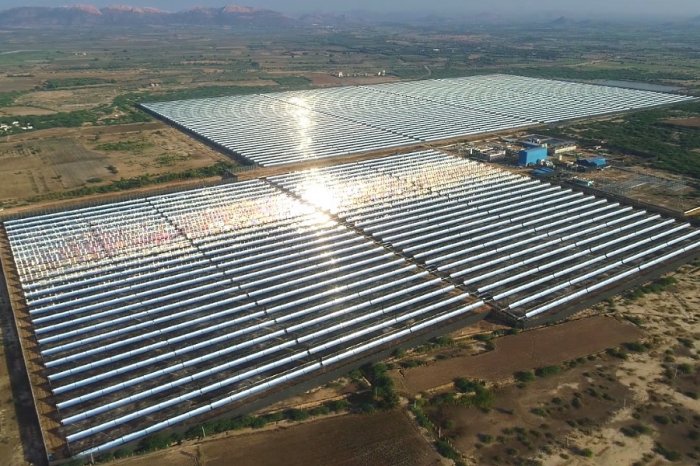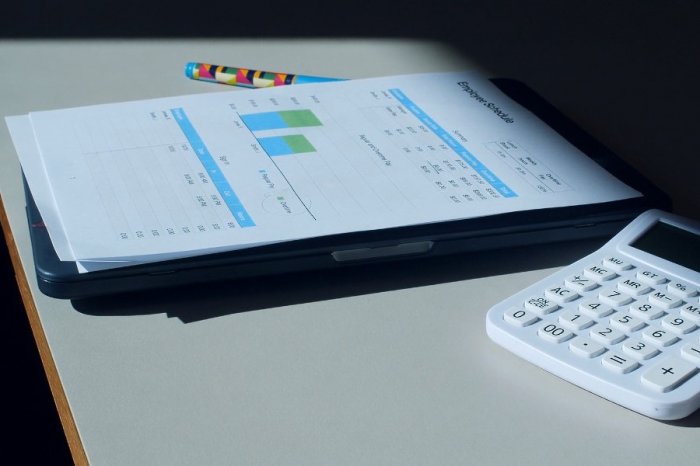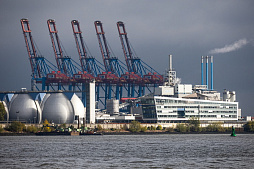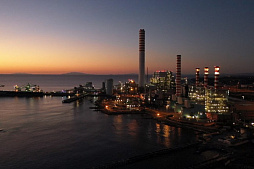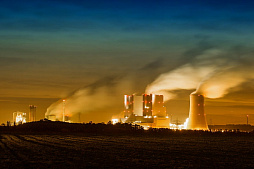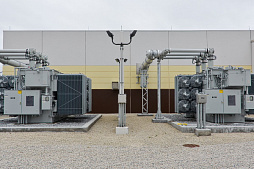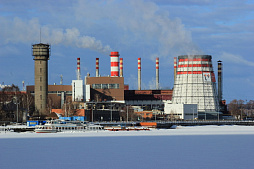To consider an application for financing, fill out the form and send it to us by e-mail along with the project brief, or contact our experts
Together with partners, we offer the most competitive solutions in the design and operation of TPPs in Europe, Africa, South America and other regions of the world.
A fossil fuel thermal power plant is a facility that generates electrical energy by transforming the chemical energy of fossil fuels such as coal, lignite, oil, fuel oil or natural gas.
Today, fossil-fueled thermal power plants remain the most widely used energy source.
Despite protests from environmental organizations and the trend towards renewable energy sources, they continue to provide a significant share of the energy needs of the global economy.
Installed and projected capacities of TPPs in the world as of 2019*:
| Region of the world | Installed capacity, MW | Capacity under construction, MW | Projected capacity, MW |
| China | 992433 | 99710 | 105996 |
| India | 228901 | 36698 | 29327 |
| Other countries in Asia | 192795 | 46961 | 86991 |
| USA | 175212 | 0 | 0 |
| Latin America | 6624 | 770 | 1725 |
| European Union | 47574 | 4890 | 2700 |
| Other European countries | 45827 | 1815 | 38155 |
| Former USSR | 55052 | 756 | 5395 |
| Africa and the Middle East | 40737 | 7972 | 24560 |
| Australia and Oceania | 5487 | 0 | 2980 |
* Data obtained from Global Energy Monitor.
The history of thermal power engineering began in the 19th century, when steam engines were first used in tandem with the simplest DC generators.
The first power plants were technically imperfect, and their capacity of several kilowatts was enough only for street lighting and the operation of the simplest electric machines of that era. As a result of more than 100 years of technical progress, engineers have learned how to design huge power units with a capacity exceeding 1000 MW and an efficiency exceeding 60%.
Despite significant changes in the design of the main equipment, the operating principle of the TPP remained practically unchanged.
Given the immaturity of green energy, thermal energy from fossil fuels will continue to play an important role for at least the next 20-30 years.
For this reason, thermal power plant design services remain in demand not only among private investors, but also among large government customers. At present, the problems of increasing energy efficiency and environmental safety of TPPs, which must comply with modern standards, are coming to the fore.
The introduction of modern multi-loop controllers contributed to more efficient control of the operating parameters of TPPs, such as pressure in the boiler, water level, steam temperature, etc. Innovative technologies allow us to achieve more efficient, safe operation of equipment with constant parameters, but every year we see new requirements for operation TPP.
Currently, we are observing two trends affecting the development of thermal power engineering.
First, decentralization of the energy sector requires an improvement in the quality of generated electricity. This leads to a gradual complication of the design of power plants.
Secondly, the development of renewable energy sources increases cyclical changes in the load on the grid, since solar PV and wind farms are highly dependent on weather conditions. Consequently, modern TPPs must quickly and smoothly respond to fluctuations in demand for short periods of time, ensuring the stability of energy supply to consumers.
Engineers have sufficient practical experience and knowledge to provide highly efficient, stable and reliable operation of your power plant even at the stage of drawings.
We are also ready to provide you with advice at any stage of the implementation of an energy project.
Fundamentals of engineering design of thermal power plants
Traditional thermal power plants, which run on a variety of fossil fuels, can use solid fuels (coal or brown coal), liquid fuels (cheap refined petroleum products), and natural gas.The generated electricity arises from the conversion of the chemical energy of the fuel through the mechanical energy stage. The steam generated in the boiler powers the steam turbines by rotating the shaft.
Modern TPPs can use gas turbines in a combined cycle (gas-steam).
The specific technological solutions that underlie one or another power plant depend on the type and quality of the fuel used, as well as on the requirements of the project.
Proximity to a coal deposit, refinery or industrial group are some of the determining factors in choosing where these power plants can be located. This is especially true for cogeneration plants.
Conventional thermal power plants
Condensing or conventional cycle power plants are the simplest installations that use the energy of coal, fuel oil and natural gas to generate electrical energy.They are considered the cheapest power plants.
Their use is widespread in economically developed and developing countries, despite criticism for their high environmental impact.
The principle of operation of this type of power plant is the same regardless of the type of fuel, with minor differences in terms of the pretreatment of fuel before combustion and the design of some equipment components (such as burners in a boiler).
The principle of operation of conventional thermal power plants is as follows. Initially, the pretreated fuel is fed into the boiler, where it is burned. The resulting heat is used to heat water and convert it to steam at very high pressure. Steam is fed to a steam turbine and causes it to rotate (the movement of the turbine blades).
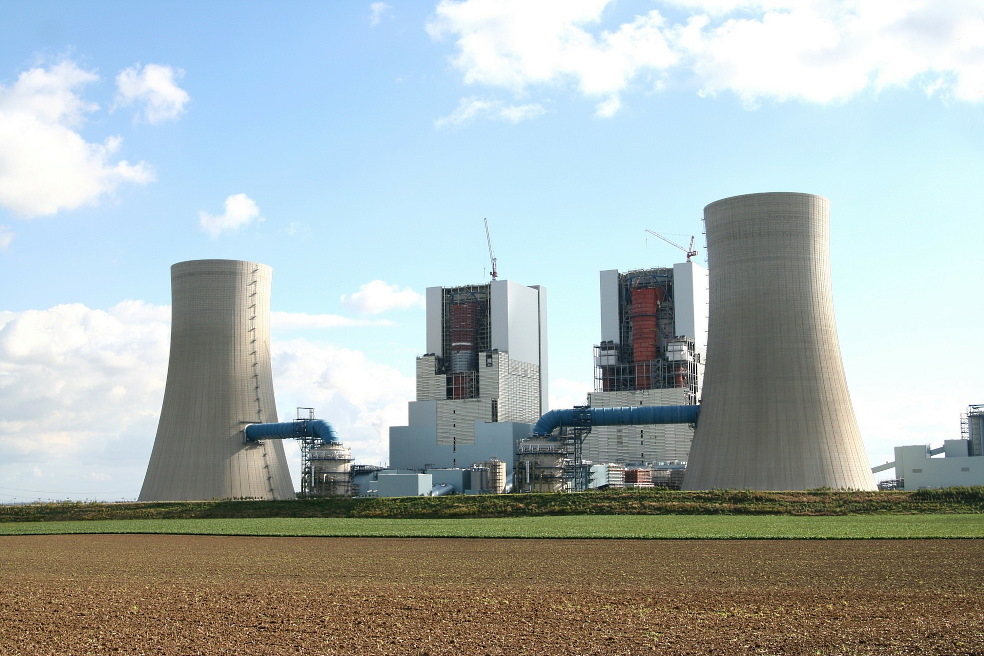
This system, through an alternating current generator, converts mechanical energy into electrical energy according to the principle of electromagnetic induction.
The waste steam then enters the condenser, which is responsible for cooling and its subsequent transformation into low pressure water. Finally, the low pressure and temperature water that comes from the condenser is sent to the boiler (usually by means of a pump), where the thermodynamic cycle is started again.
The efficiency of such installations rarely exceeds 40%.
The design of conventional thermal power plants is practically not in demand today, since this technology is ineffective.
Gas turbine thermal power plants
The idea of a gas turbine has acquired practical importance.Over the decades, this technology has been able to evolve to full maturity, achieving very high efficiency rates.
The modern gas turbine design is based on the advances that have been made in the design of aircraft engines.
Atmospheric air is first compressed to increase pressure. This high-pressure air is directed into the combustion chamber, where it mixes with the fuel and participates in combustion. The hot gases coming from the chamber are directed into a gas turbine, which, when rotated, generates electricity with the release of exhaust gases (hot gases that return to the atmosphere).
Since the air vented to start a cycle is different from the hot gas returned to atmosphere, this cycle is called an open cycle.
A significant advantage of gas turbine power plants is the production of heat in large volumes, which can be sold to industrial and residential consumers for additional profit. Such facilities are widely used in areas with cheap sources of hydrocarbons, especially in remote areas with high costs of large-scale capital construction of conventional thermal power plants.
The growing availability of gas reserves has stimulated attractive price evolution. Gas turbines are often used in combination with steam turbines in combined cycle thermal power plants, mainly for economic and environmental reasons.
GTCC power plants make use of the heat energy contained in exhaust gases emitted at very high temperatures, which would otherwise be dissipated into the air.
The performance of gas turbine equipment depends on the combustion temperature, which is limited by the thermal stress of the turbine blades. For this reason, the construction of modern gas turbines is directly related to the development of sustainable materials.
As we indicated, air is compressed to combustion pressure and then used in a chamber to burn fuel (gas or liquid). Part of the air is used for temperature control. The gases generated during the combustion of the fuel are distributed around the periphery of the first row of blades and spread throughout the turbine. This first stage is referred to as a high pressure turbine.
The next stage, called a power turbine, drives an electric generator. This system is capable of reaching full power within minutes.
Technological innovations implemented in the structure of materials and design of components in recent years have made it possible to significantly increase the efficiency and thermal power of gas turbine thermal power plants.
Engineers today strive to maximize the efficiency of this equipment by using high quality fuels and reducing pollution to the lowest level. Here, the experience gained in the development of aircraft jet engines is widely applied, in addition to the experience in the development of heavy-duty turbines.
The concept of multi-ring burners was also implemented, as well as the possibility of burning various fuels (gaseous, liquid), including low-quality liquids such as crude oil and its by-products. The dual-fuel system provides fast, automatic or semi-automatic on-load switching from one fuel to another. This is not the case with most modern turbines, which require high quality fuels to limit the impact on the turbine blades.
Most modern turbines have a gas temperature at the outlet of the combustion chamber of about 1200 ° C. The material of the turbine blades is so alloyed that they can hardly be considered steel. Alloy components include nickel, chromium, molybdenum, manganese, vanadium, tantalum, titanium and niobium, but modern ceramic materials are also used today.
The rapid privatization of the energy sector and the opening of the electricity market in many countries have driven important technological transformations. Currently, gas turbines and other advanced technologies are becoming dominant in the power generation market.
Combined cycle thermal power plants
It is one of the most promising technologies available today for generating electricity, which is the most economical, environmentally friendly and efficient in terms of using any economically available fossil fuel (natural gas, coal or oil).A combined cycle thermal power plant converts the thermal energy of the fuel into electricity through two thermodynamic cycles of Brighton and Rankine.
These plants generate electricity through the combined use of a steam turbine and a gas turbine. Instead of just using the Rankine thermodynamic cycle in a steam turbine, we also use a gas turbine that operates through the Brighton thermodynamic cycle.
This contributes to even greater efficiency, lower CO2 emissions, lower cooling water consumption, greater flexibility (ability to operate at full load or under load fluctuations) compared to a conventional cycle.
A variant of this technology is the combined cycle with condensation, which is carried out in cogeneration processes.
It is based on greater controllability in the face of highly volatile steam parameters.
The classic process for setting up a cogeneration plant is to evacuate gases when the steam demand is less than production, followed by afterburning when the opposite occurs.
Such power plants are characterized by low productivity as a result of almost constant heat loss, and therefore do not meet modern efficiency requirements.
Currently, there are various technologies aimed at increasing efficiency, reducing the impact of generation on the environment, and so on:
• Instead of burning coal, synthetic gases from fossil fuels (called syngas) are used for a combined cycle instead of a conventional cycle.
• Modification of boilers at coal-fired thermal power plants is underway for more efficient fuel atomization and more complete combustion.
• Using biomass as a fuel to maintain the thermodynamic cycle, which contributes to the conservation of mineral reserves.
Estimation of costs for the design and construction of TPP
The generation of electricity from thermal power plants is associated with significant costs, most of which investors have to plan at the design stage.Costs include two categories: construction investment and facility operating costs (including some categories of variable costs, depending on the project). Research and design costs vary widely, but for many projects they represent approximately 10-20% of the total project cost.
Design and construction cost
This item includes the cost of materials to be used in the construction of the power plant, the cost of construction work (such as drainage systems, electrical substation and power line), various construction equipment, electrical equipment and controls, indirect project costs (including incidental costs).It also takes into account conducting preliminary engineering studies, environmental studies, and legal costs (for example, to obtain an operating permit).
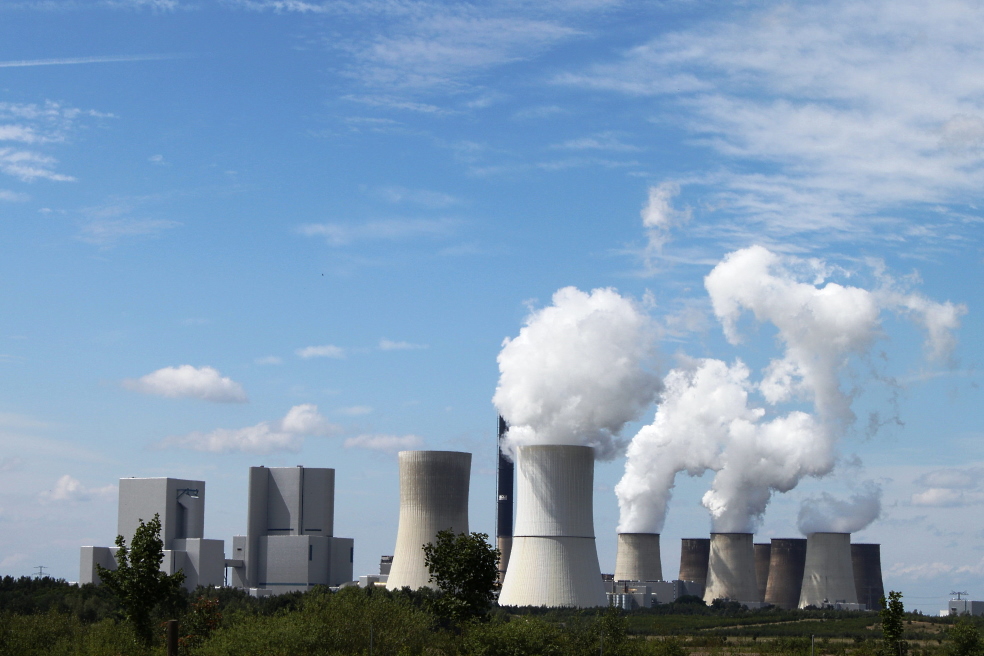
Operation and maintenance cost
This item includes fixed costs (periodic maintenance of machinery and equipment, staff salaries, etc.), as well as variable costs, the amount of which depends on the amount of energy produced. In the latter case, we take into account fuel costs (which are closely related to hydrocarbon prices) and non-fuel costs (chemicals used in electricity generation).The approximate cost of building a thermal power plant today is 400-700 thousand euros for each megawatt of installed capacity.
The average cost of building a TPP with one 100 MW power unit can be 50-60 million euros.
As the installed capacity grows, the cost of a megawatt will decrease. This figure largely depends on the choice of the construction site, as well as on the energy generation technology used and the equipment selected.
Our company, in cooperation with its European partners, offers a full range of services for financing and engineering design of thermal power plants of any type and capacity.
We work with private companies, government agencies, and utilities in Europe and beyond to help improve the efficiency of your energy projects.
Design of combined heat and power plants: the benefits of cogeneration
A conventional thermal power plant converts the chemical energy contained in fossil fuels into electrical and thermal energy.Fossil fuels (coal, fuel oil, diesel, gas) are burned to produce high quality electrical energy through a generator.
The proportion of chemical energy converted to electrical energy in this cycle is low because most of the heat is lost when steam is released.
In the most efficient plants of the old type, the efficiency in electricity production does not exceed 45%. The rest of the energy is emitted as exhaust gases through chimneys or sent to condensers and cooling systems. With cogeneration of electricity and heat, an efficiency of 85% can be achieved.
In the 1990s, an important step was taken to improve the efficiency of fossil fuel power plants, the creation of new combined cycle thermal power plants. They use the heat generated by the combustion of fossil fuels in two stages, with two different thermodynamic cycles.
As a result, the efficiency of the power plants reached 60%.
The characteristics of the conventional thermodynamic cycle have been improved.
However, 40% of the released energy was still lost.
Most industrial, commercial, or domestic processes require heat at a relatively low coolant temperature, so these processes can use excess heat that would otherwise be lost. These processes can simultaneously combine the production of electricity and the use of residual heat.
This concept of energy use is realized by cogeneration plants that efficiently use 75% to 90% of the chemical energy contained in the fuel.
Cogeneration means the simultaneous production of two or more types of energy. Its main advantage is that cogeneration plants allow the use of heat that cannot be converted into electrical energy and would otherwise be wasted.
Usually cogeneration involves the simultaneous generation of electrical and thermal energy, although it can also be mechanical energy and thermal energy, including all three (electrical, mechanical and thermal energy at the same time).
Simultaneous production means that the cogeneration plant is close to the heat consumers, since it cannot be transported over long distances. This is a fundamental difference between CHP plants and conventional thermal power plants, where consumers of generated energy can be located at great distances from the power plant.
The principle of operation of thermal power plants always involves the removal of a certain amount of heat in the electricity generation, since all the heat generated cannot be converted into work.
The goal of cogeneration is to maximize the use of excess heat energy to generate additional profit.
The distinctive characteristics of cogeneration are:
• Simultaneous use of several types of energy, due to which CHP plants have a much higher efficiency in comparison with conventional thermal power plants. This higher productivity brings three benefits – lower fuel consumption, lower operating costs and lower environmental impact.
• Energy production is located close to the centers of its consumption, because the potential heat losses during transportation over long distances are too high.
Engineering design of cogeneration plants, as well as a comparative analysis of several investment opportunities, always starts with determining the heat needs of consumers. Both in terms of quantity and type of consumed heat (temperature, heat carrier). This serves as a starting point for the design of specific equipment. As a result, the client is provided with various equipment options that allow generating the same heat energy with different amounts of electrical energy.
The analysis of consumer needs should not be limited to the current situation.
It requires engineers to forecast, research and find the most efficient and therefore most profitable cogeneration options.
To find out more about the engineering design of TPPs and other services of our company in the field of energy financing, please contact us.



